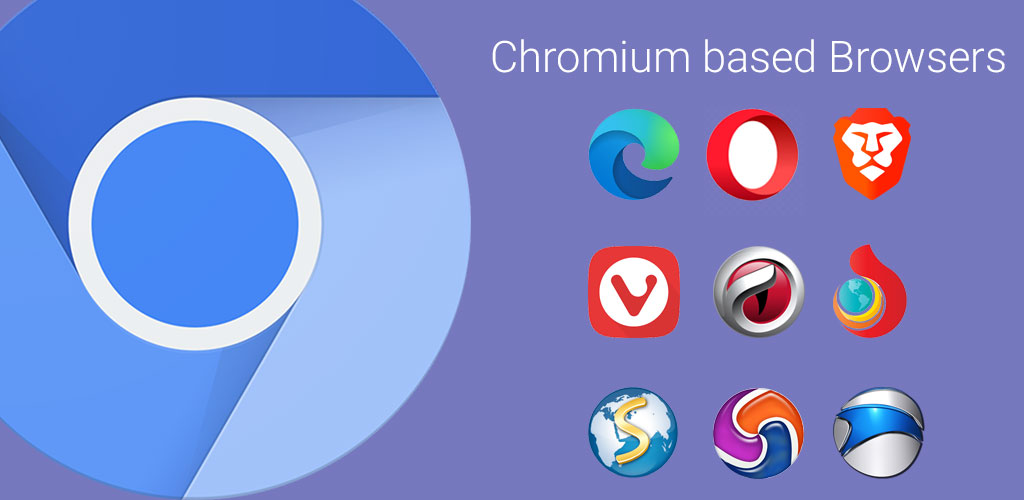


Type a Javascript expression to evaluate or "quit" to exit. The -repl flag runs Headless in a mode where you can evaluate JS expressions in the browser, right from the command line: $ chrome -headless -disable-gpu -repl -crash-dumps-dir =./tmp Check out Using headless Chrome as an automated screenshot tool. There's a great blog post from David Schnurr that has you covered. If you're looking for full page screenshots, things are a tad more involved. Running with -screenshot will produce a file named screenshot.png in the current working directory. For example, I am using a 64-bit computer. You can find your PC architecture by right-clicking on My PC and opening the Properties window.

Open the GitHub page of Ungoogled Chromium and download the setup file based on your PC architecture. To capture a screenshot of a page, use the -screenshot flag: chrome -headless -disable-gpu -screenshot Ĭhrome -headless -disable-gpu -screenshot -window-size = 1280,1696 Ĭhrome -headless -disable-gpu -screenshot -window-size = 412,732 Install Ungoogled Chromium on Windows 10 1. The -print-to-pdf flag creates a PDF of the page: chrome -headless -disable-gpu -print-to-pdf # Taking screenshots The -dump-dom flag prints to stdout: chrome -headless -disable-gpu -dump-dom # Create a PDF There are some useful command line flags to perform common tasks. In some cases, you may not need to programmatically script Headless Chrome. If you're on the stable channel of Chrome and cannot get the Beta, I recommend using chrome-canary: alias chrome = "/Applications/Google\ Chrome.app/Contents/MacOS/Google\ Chrome"Īlias chrome-canary = "/Applications/Google\ Chrome\ Canary.app/Contents/MacOS/Google\ Chrome\ Canary"Īlias chromium = "/Applications/Chromium.app/Contents/MacOS/Chromium"ĭownload Chrome Canary here. Since I'm on Mac, I created convenient aliases for each version of Chrome that I have installed. The exact location will vary from platform to platform. See /737678.Ĭhrome should point to your installation of Chrome. The browser starts in full-screen mode but does not respond to the F11 key, nor to any command to get it to switch tasks.Note: Right now, you'll also want to include the -disable-gpu flag if you're running on Windows. You can press the F11 key to break out of full-screen mode. The browser starts up without displaying any toolbars.įull-screen mode: -start-fullscreen. If you want to autostart incongnito -incognito -start chromium -incognito Īpplication Mode: -app. Then edit the -profile -desktop -profile -no-splash.Nano ~/.config/lxsession/LXDE-pi/autostart First, it seems that ~/.config/lxsession/LXDE-pi/autostart does not exist by default.Ĭp /etc/xdg/lxsession/LXDE-pi/autostart ~/.config/lxsession/LXDE-pi/


 0 kommentar(er)
0 kommentar(er)
